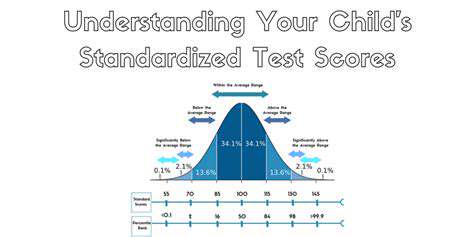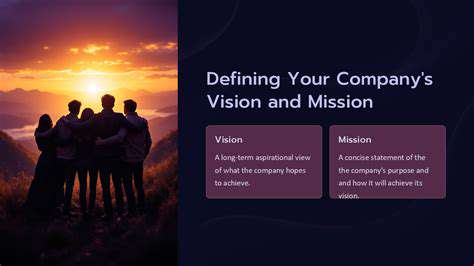Tips for Running Effective Meetings
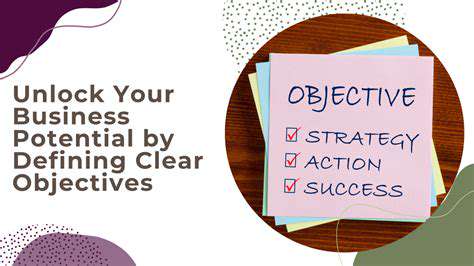
Optimizing Meeting Structure and Time Management
Defining Clear Objectives and Agendas
Effective meetings begin with a clear understanding of their purpose. A well-defined objective, outlining the specific outcomes the meeting aims to achieve, is crucial. This objective should be communicated to all attendees in advance, enabling them to prepare thoughtfully and contribute meaningfully. A detailed agenda, outlining the topics to be discussed and the allocated time for each, is essential for maintaining focus and preventing the meeting from veering off course. A well-structured agenda also ensures that all necessary items are addressed and that the meeting stays on track.
Pre-meeting communication of the agenda also allows participants to come prepared with relevant information and perspectives, ultimately leading to more productive discussions and decisions.
Encouraging Active Participation and Collaboration
Creating a safe and inclusive environment where everyone feels comfortable sharing their ideas is paramount to a productive meeting. Encourage active listening and respectful dialogue among participants. Establish clear ground rules and expectations for participation, fostering a collaborative atmosphere where diverse viewpoints are valued and considered. Techniques like brainstorming sessions, round-robin discussions, or using interactive tools can further promote active participation and engagement.
Facilitating discussion in a way that encourages diverse perspectives and input is key to maximizing the collective intelligence of the group.
Utilizing Effective Communication Tools and Techniques
Leveraging appropriate communication tools can significantly enhance meeting efficiency. Utilize project management software, shared documents, or online whiteboards to facilitate collaboration and information sharing. This allows participants to access and contribute to the discussion from various locations, fostering a more seamless and interconnected meeting experience. Clearly defined roles and responsibilities within the meeting should be established, assigning tasks to specific participants for effective action.
Employing clear and concise language, avoiding jargon, and using visuals where appropriate can greatly improve understanding and engagement among participants.
Managing Time Effectively and Staying on Schedule
Time management is critical for successful meetings. Allocate specific time slots for each agenda item and stick to the schedule as closely as possible. Establish clear time limits for discussions and encourage participants to be mindful of their speaking time. Using timers or visual aids can help keep the meeting on track and prevent it from exceeding its allotted time.
Having a designated timekeeper can also help ensure that the meeting stays on schedule, and that all items are addressed within the allotted time.
Facilitating Decision-Making and Action Planning
Once discussions are complete, ensure that clear decisions are made and documented. Establish a clear process for decision-making, specifying who is responsible for making the decision and the timeline for implementation. Following the meeting, a summary of key decisions and action items should be circulated to all attendees, outlining responsibilities and deadlines. This fosters accountability and ensures that agreed-upon actions are carried out effectively.
Addressing and Resolving Conflicts Constructively
Conflicts are inevitable in any group setting, and it's important to have a plan for addressing them constructively during meetings. Establish clear guidelines for respectful dialogue and conflict resolution, ensuring that disagreements are handled professionally and constructively. Encourage active listening and a willingness to find common ground. If the conflict is significant, consider scheduling a follow-up meeting to address the issue more thoroughly.
Facilitators should be trained to identify and address potential conflicts in a timely and constructive manner.
Post-Meeting Follow-Up and Evaluation
After the meeting, follow up on action items and ensure that agreed-upon tasks are completed on time. Regular check-ins with team members can help monitor progress and provide support as needed. Gathering feedback from participants on the meeting's effectiveness is valuable for improving future meetings. Use this feedback to identify areas where the meeting structure or facilitation could be improved. Regular feedback loops are vital for continuous improvement.
Evaluating meeting effectiveness and incorporating feedback is critical for creating more efficient and productive meetings in the future.
Enhancing Communication and Decision-Making
Setting Clear Objectives and Agendas
Effective meetings hinge on a well-defined purpose. Before convening, establish clear objectives for the meeting, outlining exactly what you hope to achieve. This clarity ensures that all discussion and activity remain focused on the stated goals. An agenda, meticulously crafted and distributed in advance, provides a roadmap for the meeting, guiding participants toward the desired outcomes and minimizing wasted time on tangential issues. This pre-planning significantly enhances the efficiency and effectiveness of the entire process.
Active Listening and Participation
Creating a safe and respectful environment where everyone feels comfortable contributing is paramount. Encourage active listening by actively soliciting input from all participants, fostering a culture where diverse perspectives are valued. Avoid interrupting or dominating the conversation. Active participation ensures that all voices are heard and considered, leading to more comprehensive and well-rounded decisions.
Respectful disagreement is crucial for productive discussions. Encourage open debate, but ensure that discussions remain focused on the topic at hand, and that everyone feels heard. Encouraging thoughtful, considered contributions from all participants is essential for reaching the best possible outcomes.
Utilizing Effective Communication Tools
Leveraging appropriate technology can significantly improve communication during meetings. Using collaborative platforms allows for real-time document editing and sharing, facilitating a more dynamic and interactive experience. Implementing a clear communication protocol, whether it's through instant messaging or dedicated discussion channels, streamlines information flow and ensures everyone remains informed. This digital approach enhances the overall efficiency of the meeting, facilitating quicker responses and more agile decision-making.
Managing Time Effectively
Time management is critical for effective meetings. Establishing clear time limits for each agenda item prevents discussions from becoming overly protracted. Sticking to the schedule, as much as possible, ensures that the meeting stays on track and avoids unnecessary delays. This commitment to efficient time allocation maximizes the meeting's productivity and ensures that the desired outcomes are achieved within the allotted timeframe.
Facilitating Discussion and Decision-Making
A skilled facilitator can significantly enhance the meeting's success. They can guide the discussion, ensure that all points of view are considered, and help the group reach consensus. The facilitator should encourage open dialogue and provide a structured approach to decision-making, ensuring that the group's collective wisdom is utilized effectively. This process enhances both the quality and speed of decision-making.
Documenting Actions and Next Steps
After the meeting, it's crucial to document the decisions made and the assigned responsibilities. A clear record of agreed-upon actions, deadlines, and contact persons ensures accountability and helps everyone stay on track. This documentation avoids ambiguity and keeps everyone on the same page regarding responsibilities and expectations. This thorough documentation is critical for effective follow-up and ensures the meeting's outcomes are successfully implemented.
Evaluating and Improving Future Meetings
Post-meeting evaluation is essential for continuous improvement. Gathering feedback from participants helps identify areas where the meeting process could be enhanced. Analyzing what worked well and what could be improved allows for adjustments to be made in future meetings, leading to even more effective and productive gatherings. This feedback loop is crucial for optimizing the team's communication and decision-making processes.
Read more about Tips for Running Effective Meetings
Hot Recommendations
- How to Stay Productive While Working Remotely
- Tips for Managing Conflict with Coworkers
- Entrance & Certification Exams (升学考试)
- How to Improve Your Storytelling Skills (Speaking)
- How to Find Profitable Side Hustles
- Tips for Preparing for the TOEFL iBT Home Edition
- Guide to Switching Careers from [Industry A] to [Industry B]
- How to Run an Effective Hybrid Meeting
- Tips for Marketing Your Side Hustle on Instagram

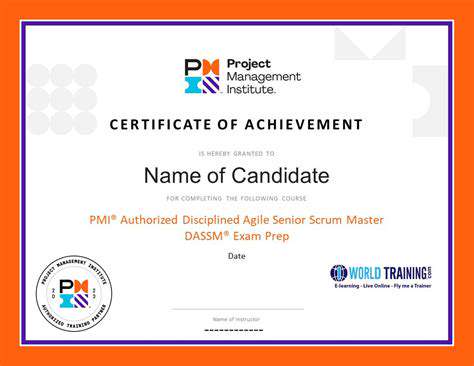
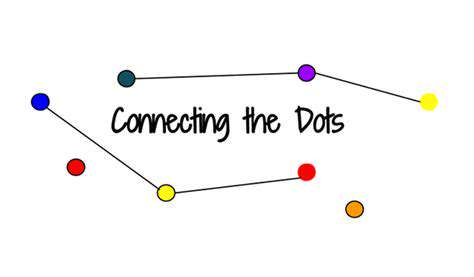




![How to Start an Online Business [Beginner's Guide]](/static/images/32/2025-06/ManagingFinancesandOperations.jpg)
